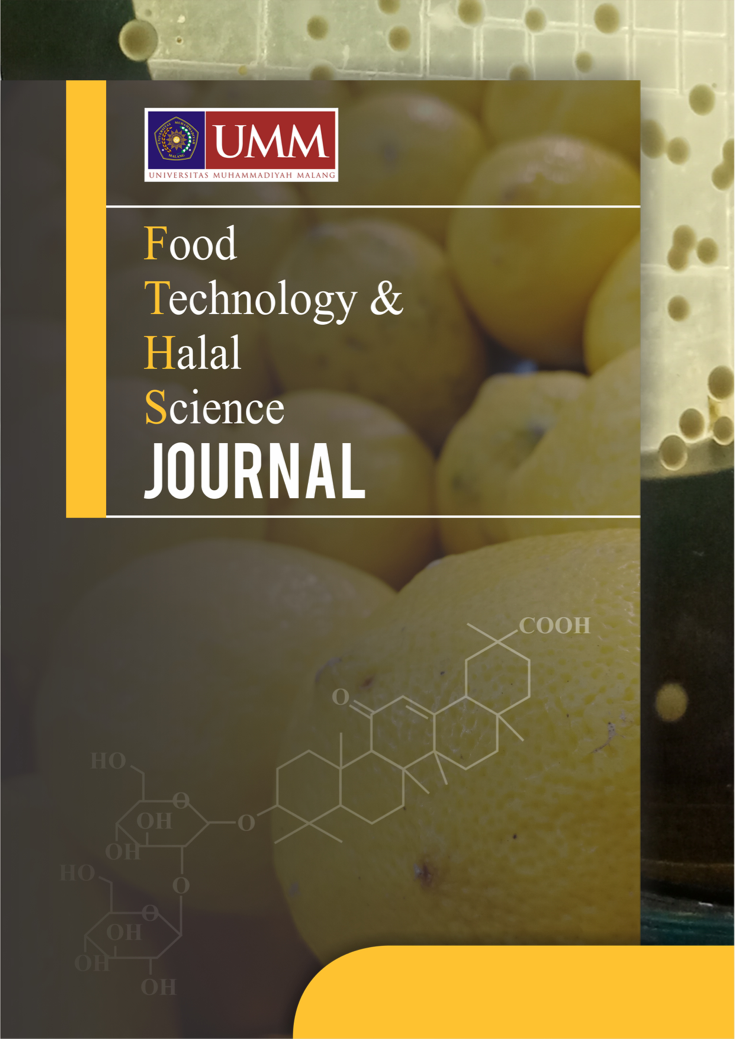The Effect of NaOH Concentration and microwave exposure time to the content of cellulose, hemicellulose and lignin of Corn Cob
DOI:
https://doi.org/10.22219/fths.v1i1.7543Keywords:
Corn cob, bioethanol, delignification, cellulose, lignin and hemicellulose.Abstract
Abstract.Currently ethanol produced from molasses, cassava and maize, thereby competing with the need for food, animals feed and other industrial raw materials, so that the supply of raw materials is not continuity. If this continues, it will certainly have an impact on food prices spike, it will create new problems on the economy of the community, and one of an alternative raw material for bioethanol production is cellulose biomass.To convert biomass into bioethanol through several stages, including pretreatment, hydrolysis and fermentation. The content of lignin in biomass will disturb the enzymatic hydrolysis process, so it is necessary to encourage the delignification in the pretreatment stage. Microwave - alkali pretreatment can reduce more lignin and hemicellulose in rice straw, so it needs to be an effort to change the composition of lignocellulose and improve the hydrolysis of corn cob is fermented to become ethanol. Pretreatment of corn cobs research was done using randomized block design arranged in factorial and repeated 2 times. The first factor is the concentration of NaOH for 0,5 N, 1 N and 1,5N. The second factor is the time of exposure to microwave heat radiation for 10, 20 and 30 minutes. The results showed that cellulose content increases with prolonged exposure concentrations of NaOH and microwave, as well as to the content of hemicellulose and lignin decreased along with the increase of exposure duration of Microwave and the increase of NaOH concentrations.
Downloads
Downloads
Published
How to Cite
Issue
Section
License
Authors who publish with this journal agree to the following terms:
- Authors retain copyright and grant the journal right of first publication with the work simultaneously licensed under a Creative Commons Attribution License that allows others to share the work with an acknowledgement of the work's authorship and initial publication in this journal.
- Authors are able to enter into separate, additional contractual arrangements for the non-exclusive distribution of the journal's published version of the work (e.g., post it to an institutional repository or publish it in a book), with an acknowledgement of its initial publication in this journal.
- Authors are permitted and encouraged to post their work online (e.g., in institutional repositories or on their website) prior to and during the submission process, as it can lead to productive exchanges, as well as earlier and greater citation of published work (See The Effect of Open Access).










